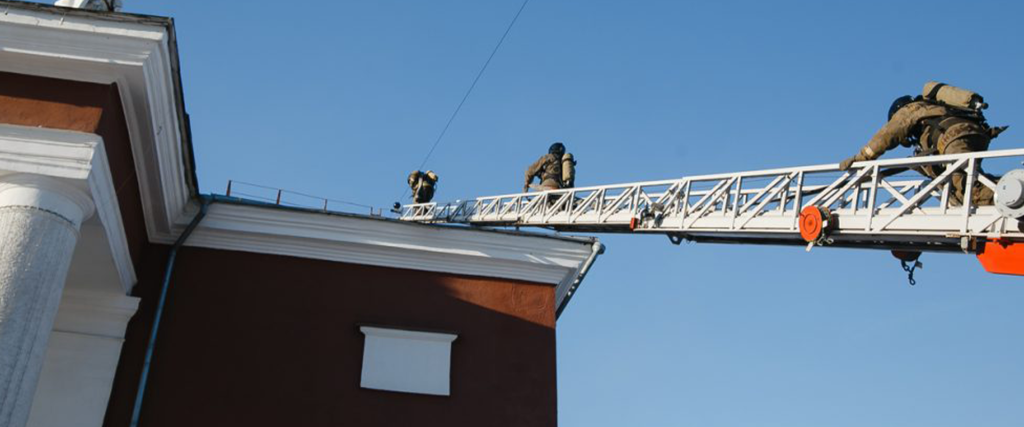As the world becomes increasingly connected, the ability to have a good voice and data communications is critical. Wireless handheld devices such as two-way radios and cell phones have created a necessity for connectivity regardless of where you are located, and this includes all locations in a building. These devices use radio frequency waves to transmit. The problem is that numerous factors in a building can impair the successful reception or transmission of a radio signal.
One of the most common factors affecting the quality of radio signals is obstruction. Due to the nature of radio wave propagation, obstructing the path of radio frequency waves will considerably attenuate the signal. For this reason, radio signals are often weak inside large commercial and public buildings, which can impede internal radio and cellular communications.
Luckily, there are ways to increase wireless coverage so that everyone in your building can stay connected.
Types of Building Coverage Solutions
It’s impossible to keep your teams connected, productive, or safe without proper communication. Poor communication will also compromise the safety of guests and visitors in your building. You can improve wireless coverage inside your building using building coverage solutions. There are three segments of building coverage solutions. These are Public Safety Radio, Commercial radio, and Cellular communications.
RCS Communications offers a variety of building coverage solutions to fix dead spots inside commercial and public buildings, including Bi-Directional Amplifiers (BDA) and Distributed Antenna Systems (DAS). In-building signal coverage systems can improve safety and productivity in your organization. Visit our Partners page to learn more about the building coverage partners and other radio communication products we offer.
Public Safety Radio Communications
Reliable public safety radio coverage helps empower first responders to stay connected and save lives during emergencies. Radio signals often cannot pass through certain building structures, such as concrete and steel, resulting in intermittent or complete loss of coverage in parts of the building. On the question of how to improve public safety radio coverage in a building, Bi-Directional Amplifiers (BDA) and Distributed Antenna Systems (DAS) are the answer.
Bi-Directional Amplifiers (BDA) extend two-way radio coverage into challenging zones such as stairwells, parking garages, tunnels, underground hallways, and other areas that are hard to reach. Distributed Antenna Systems (DAS) comprise a group of antennae placed strategically throughout the building to assist existing communications signals to penetrate in buildings and sites.
For large buildings such as hotels, malls, schools, stadiums, and airports, installing BDA and DAS systems for public safety radio coverage is not a choice. New and existing buildings are required to meet specific public safety/emergency responder radio coverage requirements. Regulations such as IFC510, NFPA 72, and NFPA 1221 require buildings over a certain size to have BDA solutions for emergencies.
BDA and DAS systems work in tandem to improve in-building two-way radio coverage for first responders and emergency services. Since public safety radio coverage is required by the law, authorities can deny your building occupancy certificate if your public safety radio coverage is inadequate or fails testing during the inspection of a new construction.
Commercial Radio Solutions
Universities, hospitals, manufacturing plants, hotels/resorts, and other businesses with large buildings use Distributed Antenna System (DAS) and Bi-Directional Amplifiers (BDAs) systems to improve productivity and safety of staff. Building coverage solutions seamlessly extend radio coverage into your office, basement, warehouse, parking garage, or any other part of the building.
Reliable radio and wireless coverage are essential for a wide range of commercial applications. Collectively, DAS and BDAs boost and distribute a signal covering various frequencies throughout the building. In commercial applications, excellent building wireless coverage allows businesses to increase productivity with two-way radios and improve the safety of employees, customers, and guests/visitors at the same time.
Cellular Communications
Concrete and steel may keep the signal from getting into the cell phone users inside. That is one of the reasons why mobile signals are weak inside buildings. If cell phones work outside but go dead the moment someone steps inside the building, you may need an building cellular coverage solution to improve cellular connection inside your building. Casinos, conventions, arenas, etc., all use cellular coverage solutions to improve communications.
Commercial and public buildings can add cellular BDA or DAS solutions to get cellular communications into buildings. Your employees as well as visiting customers need to be able to use the mobile phones in your offices. Cellular communications improve internal operations as well as customer service.
Stay Connected
RCS Communications can provide you with the right equipment for extending the coverage range inside your building and help you stay compliant and connected. Visit our website to learn more or request a quote.

